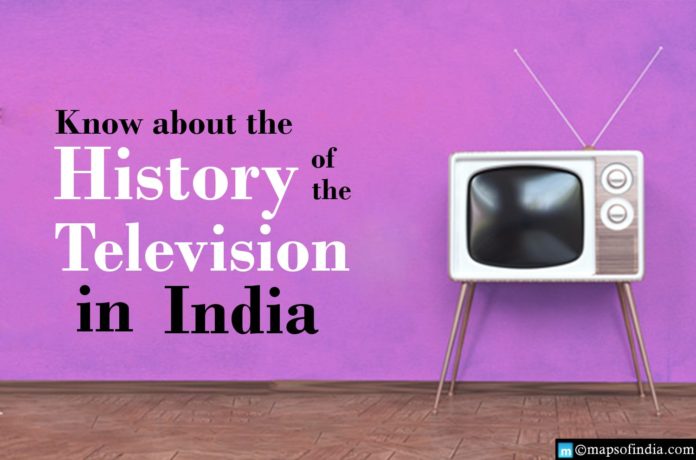Television was initially broadcast in India on September 15, 1959, in Delhi, about 20 years after the British Broadcasting Corporation (BBC) launched the world’s first television program in 1936. It all began with the assistance of UNESCO. The shows, which aired twice a week for an hour each, covered community health, citizens’ responsibilities and rights, and traffic and road safety. In 1961, the programs were broadened to include an educational television initiative for schools.
The first rapid expansion of television in India came in 1972, establishing a second tv station in Bombay. After Bombay stations in Srinagar and Amritsar in 1973, and Calcutta, Madras, and Lucknow in 1975.
During the first 17 years, television broadcasting was irregular, and broadcasting was in black and white. However, by 1976, the system had grown to include eight television stations serving 45 million people distributed across 75,000 sq. km. Faced with the dilemma of managing such an extensive television system as part of All India Radio (AIR), the government established Doordarshan, the national tv channel, as a new Department inside the Ministry of Information and Broadcasting.
On August 15, 1982, Doordarshan began broadcasting in colour. Satellite Instructional Television Experiment SITE) was a significant step further during India’s use of tv for evolution. The majority of the shows were created by Doordarshan, which was then a branch of AIR. The telecasts took place in the morning and evening. Other key themes covered in these broadcasts, in addition to agricultural knowledge, were healthcare and family welfare. These telecasts also contained entertainment in dance, music, theatre, folk, and rural art forms.
The broadcast of the Ninth Asian Games in 1982 was a turning point in Indian television history. For the first time, Doordarshan delivered a nationwide broadcast in colour via the satellite INSAT 1A. In terms of domestic broadcasting, Doordarshan provided programming to broadcasters in many other nations. By 1982, there was significant growth in Doordarshan’s live sports coverage.
Tv facilities have been developing rapidly, with the nation receiving a new transmitter every day. Over the months, the number of transmitters and programs production facilities has grown dramatically. A second channel was inaugurated in New Delhi on November 19, 1984. On April 1, 1993, the Metro entertainment channel debuted. Doordarshan currently broadcasts programs on 35 channels. The first channel, DD-1, is the most outstanding achievement of Doordarshan.
Prasar Bharati, an independent statutory organization, was formed in 1997. Doordarshan and AIR were both transformed into government agencies under the Prasar Bharati umbrella. The Prasar Bharati Corporation was established to act as its broadcasting service, achieving its goals through All India Radio (AIR) and Doordarshan (DD). This was a giant step towards Doordarshan and All India Radio in terms of autonomy. But, Prasar Bharati has been unable to protect Doordarshan from government involvement.
Current Scenario of Television in Indian
According to the most recent figures from TV monitoring organization Broadcast Audience Research Council (BARC) India, around 210 million Indian families own a television set, a 6.9% rise from 197 million in 2018. TV watchers climbed by 6.7% to 892 million, up from 836 million in 2018. The number of females owing television sets increased by 7%, while 6% for males.
Rural India’s TV ownership surpassed urban India’s, with families in the latter market increasing by 4%, from 87.8 million in 2018 to 91 million. Television ownership in rural regions increased by 9%, rising from 108.9 million in 2010 to 119.2 million in 2021. While Television consumers in India rose by 6.9%, Hindi-speaking markets expanded by 8%, surpassing the rest of India and the southern states, increasing by 5%.





